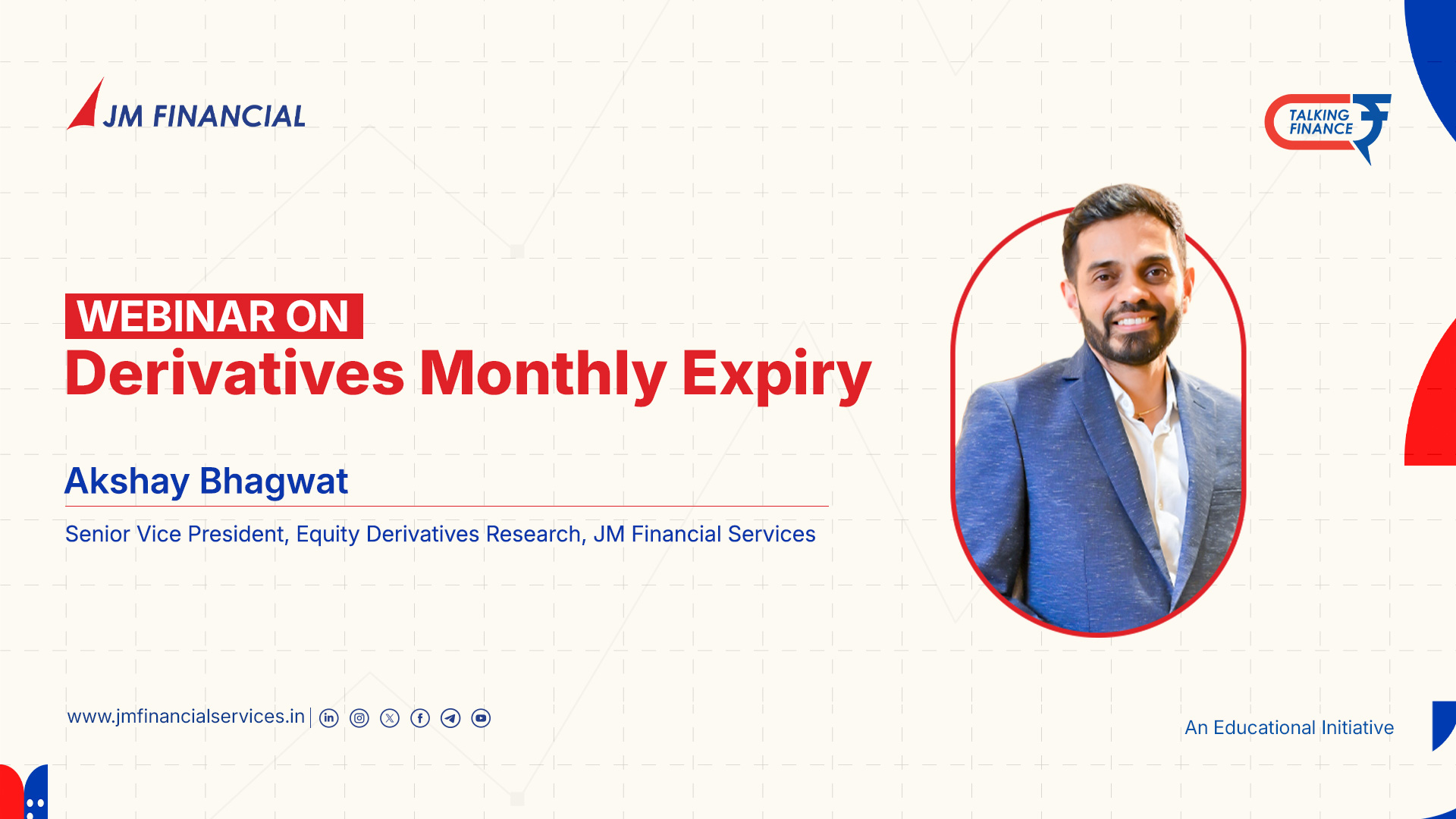Understanding Open Interest vs Volume
If you’ve ever dipped your toes into options or futures trading, chances are you’ve come across the terms open interest and volume. At first glance, they might seem pretty similar—but they’re not. In fact, understanding the difference between them can give you a real edge when it comes to spotting trends, gauging market sentiment, or even avoiding bad trades.
Let’s break it down in a simple way.
What Is Open Interest?
Open interest, on the other hand, is like a headcount of all the active positions that haven’t been closed yet.
Every time a buyer and a seller create a new position, open interest goes up by one. If they close or offset their positions, open interest drops.
👉 Open Interest = total outstanding contracts
It doesn’t reset daily. Instead, it accumulates as long as people open or close positions.
Think of it this way:
- Two traders open a brand new contract → open interest goes up.
One of them exits their position → open interest goes down
What Is Volume in Trading?
Think of volume as a count of how many contracts changed hands during a trading session.
So, if 500 options contracts for a stock are bought and sold in a single day, that stock’s volume is 500. It resets every day.
👉 Volume = daily trading activity
It tells you how “busy” a particular contract was on a specific day. Higher volume means more interest that day—and usually tighter spreads (which is good news if you want to enter or exit a position quickly).
Key Differences Between Volume and Open Interest
|
Feature |
Volume |
Open Interest |
|
What it shows |
Daily trading activity |
Total active contracts |
|
Resets? |
Yes, daily |
No, cumulative |
|
Indicates |
Short-term momentum |
Long-term interest |
|
Helps with |
Timing trades |
Confirming trends |
- Importance of Volume & Open Interest :-
Let’s say you’re looking at an option with high volume but low open interest. That might suggest it’s popular today—but it hasn’t been in the past. It could be a short-lived buzz.
Now, flip it: high open interest but low volume. That shows a lot of contracts are still out there, but nobody’s really moving them today. Maybe it’s cooling off.
The real magic happens when both volume and open interest are rising. That usually means more people are getting involved and are committing to positions. That’s a sign to pay attention.
Example :-
Imagine a concert:
- Volume is how many people bought tickets today.
- Open interest is how many people are currently inside the venue.
You want to know how many people are showing up today (volume), but also how packed the place is overall (open interest). Both give you different insights.
Final Thoughts: Don’t Just Trade the Numbers—Understand the Story
In the world of options and futures, numbers tell a story—but only if you know how to read them. Volume and open interest are like the heartbeat of the market. One tells you what’s happening now, the other tells you how deep the water really is.
So next time you’re scanning a trading screen, don’t skip over those two columns. They might just be the difference between a smart move and a swing and a miss.
- PAN Card
- Cancelled Cheque
- Latest 6 month Bank Statement (Only for Derivatives Trading)





